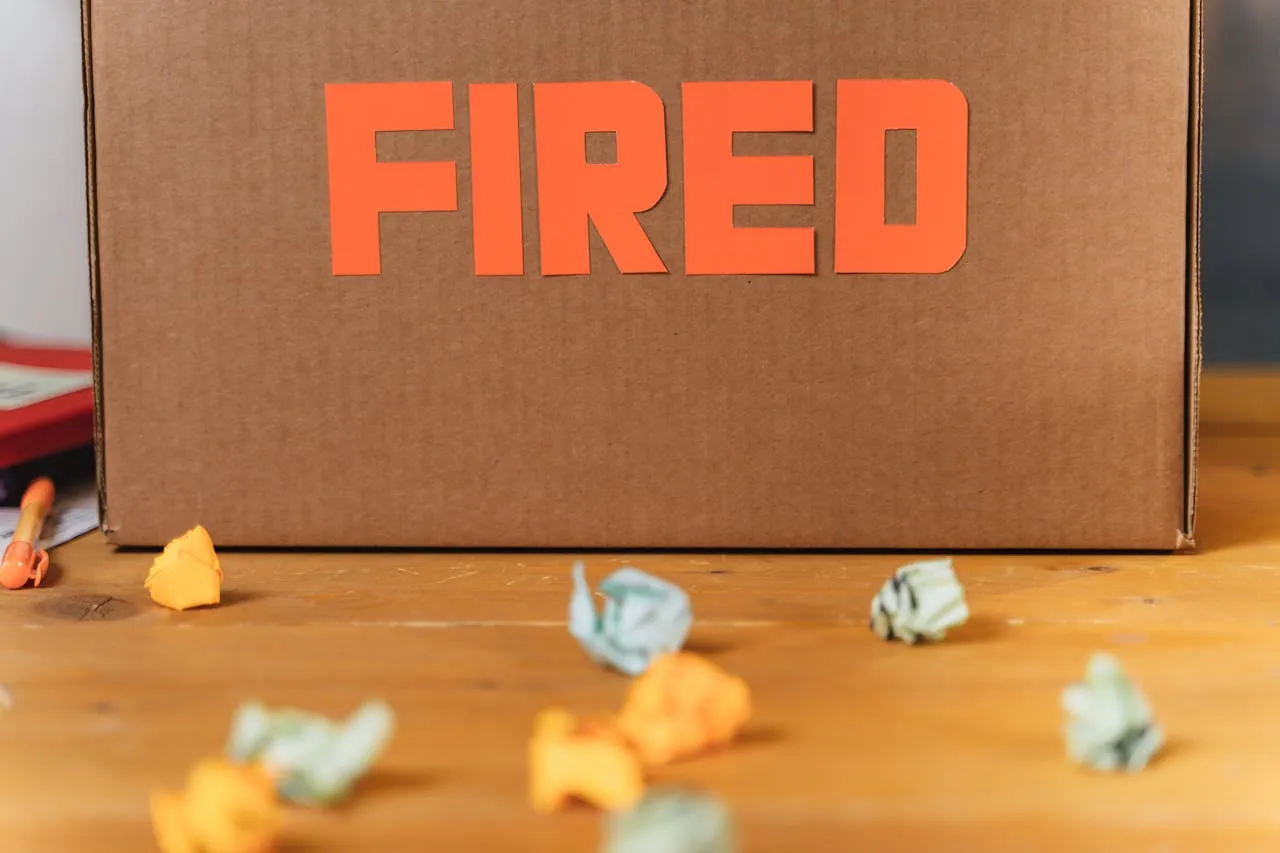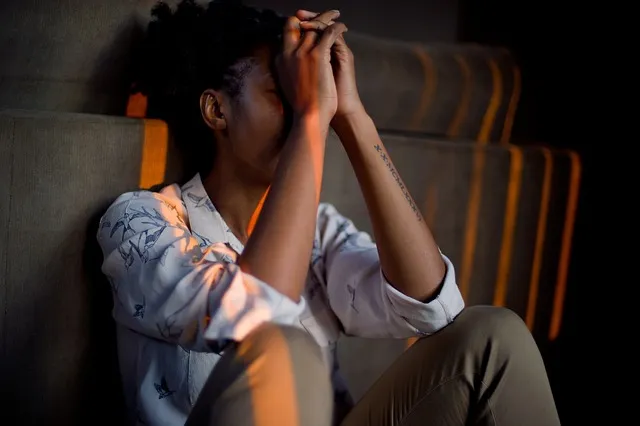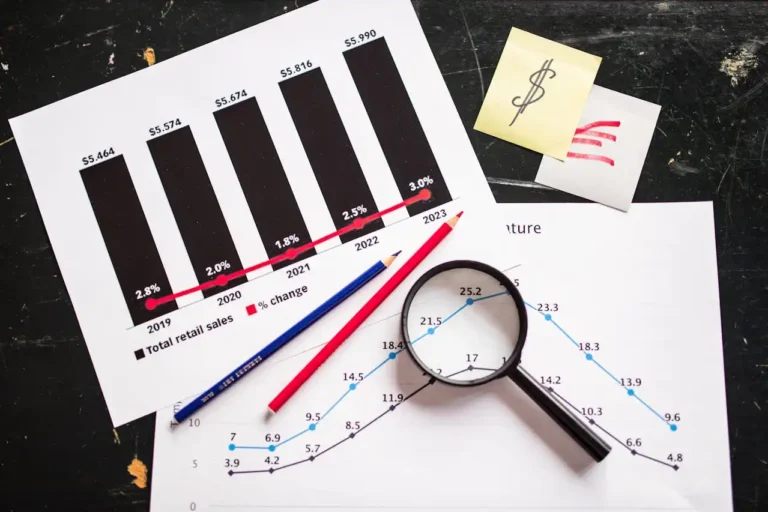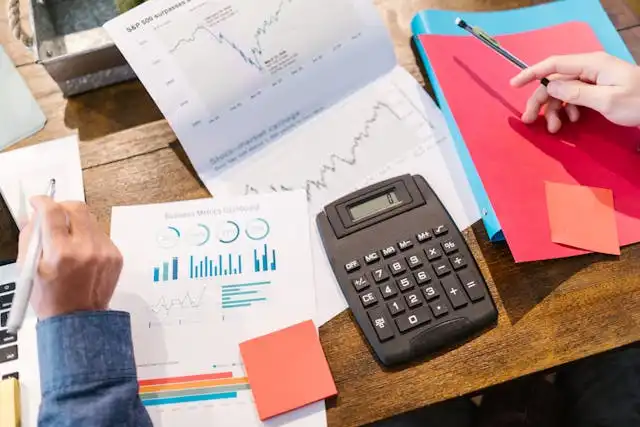Life is full of unforeseen expenses—from medical emergencies or work force disruptions to the mishap of an unplanned home repair—these unplanned expense can take the sheen off the best of financial plans. This is where an emergency fund comes in. It’s a financial liquidity valve against insolvency by avoiding interest debts.
Define what an emergency fund is, why it’ll be necessary and what it should look like in a foundation.
What is an Emergency Fund?
An emergency fund is a reserve of cash, systematically accumulated and maintained with a specific goal in mind, covering an emergency (unemployment) etc. or to get out of an economic meltdown scenario. Rather than money that has already been allocated to a specific use, an emergency fund is cash that can be pulled out to cover an unexpected cost, e.g.
- Medical emergencies
- Job loss or pay cuts
- Car repairs or accidents
- Urgent home maintenance
Key Feature: Emergency fund money should be as easy to reach as possible, 24 hours a day, 7 days a week and held in an entirely separate account, different from all of your regular accounts.
Why Do You Need an Emergency Fund?
Financial Security: Provides a feeling of safety by preparing for the unpredictability’s of life.
Avoid Debt: Minimises the dependence on credit cards/loans in emergencies, etc.
Stability: It also prevents trending goal misalignment with time, for example, investments or retirement.
Example: Without an emergency fund, one-time bill for an emergency expense can cause a usage of funds from your retirement account which then will be subject to fees and taxes, while also derailing your retirement saving plan by a great margin.
How Much Should You Save?
Emergency fund may be different according to context and standard of living.
- Basic Rule: Aim for 3–6 months’ worth of living expenses.
- Single with no dependents: 3 months may suffice.
- Families or those with unstable income: 6–12 months is safer.
Calculation Example:
If your monthly expenses (rent, utilities, groceries, etc.) totals to ₹30,000, your emergency fund should be ₹90,000–₹1,80,000.
Where Should You Keep Your Emergency Fund?
Your emergency fund should be freely withdrawable but not be the same type of account as your daily use account, to avoid the temptation to use it.
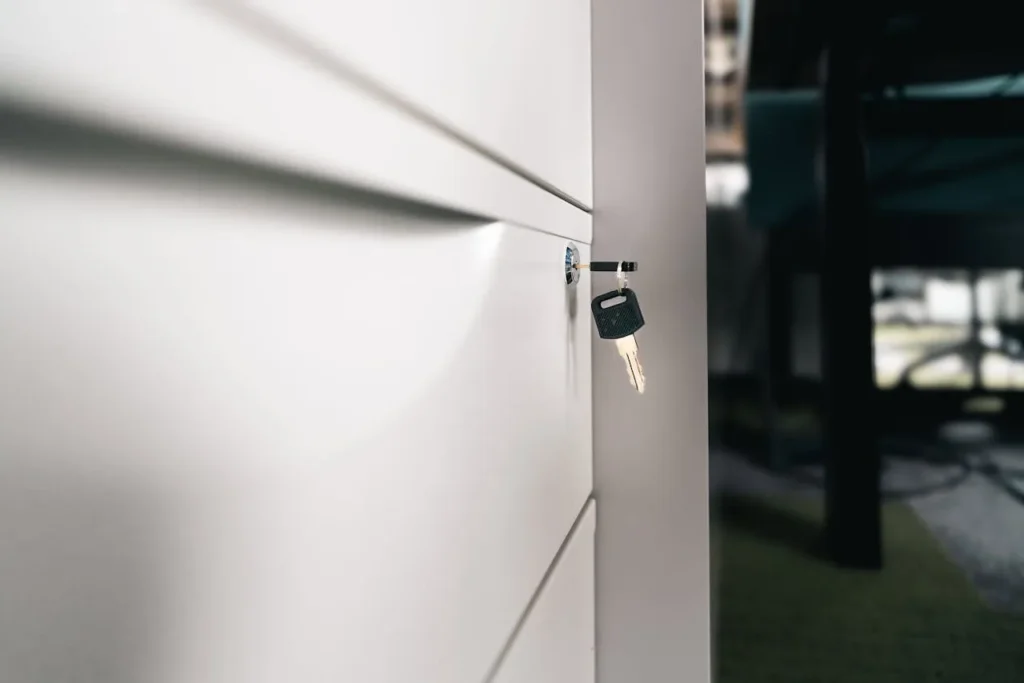
High-Yield Savings Accounts: Earn some interest while maintaining liquidity.
Fixed Deposits with Premature Withdrawal Options: Offer higher interest than savings accounts but retain accessibility.
Liquid Mutual Funds: Appropriate for acute emergency; average turnover and rapid dropout.
Avoid: Ideally, most emergency funds should be parked outside the stock market or in long term funds (e.g., PPF, EPF) since they generally do not provide a direct liquidity option.
How to Build an Emergency Fund?
- Set a Target: Define your goal amount based on your monthly expenses.
- Start Small: Begin with a manageable amount, like saving ₹5,000–₹10,000 initially.
- Automate Savings: Consider automating transfers to your emergency fund account on a monthly basis, if feasible.
- Cut Non-Essential Spending: Divert your money away from eating out, shopping, or fund subscriptions.
- Use Windfalls: Gift of cash, rebates, or direct cash bonus towards your emergency fund.
Example: Amassing ₹60,000 a year by making ₹5,000-month savings.
When to Use Your Emergency Fund
Reserve your emergency fund strictly for urgent, unavoidable situations.
Use: Medical emergencies, car breakdowns, or sudden job loss.

Avoid: Vacations, gadget upgrades, or non-essential purchases.
Tip: Keep your fund topped up after using it, in order to keep your safety net.
Signs You’re Ready for a Rainy Day
You’re well-prepared if:
- Your emergency fund covers 3–6 months of essential expenses.
- Adequate Emergency fund is saved and is stored in an account different than your daily-use accounts.
- You’re committed to replenishing it after any withdrawals.
Conclusion
An emergency fund, a form of financial safety net, is an important financial tool in an individual’s finances that provides peace of mind, stability and a sense of security in times of turmoil. Just think small, be consistent and watch your fund grow, and that will lead to a stable financial bulwark. Irrespective of the weather, weather condition, miserable rainy day or a raging storm, you’ll be already ready to face every challenge with confidence.

